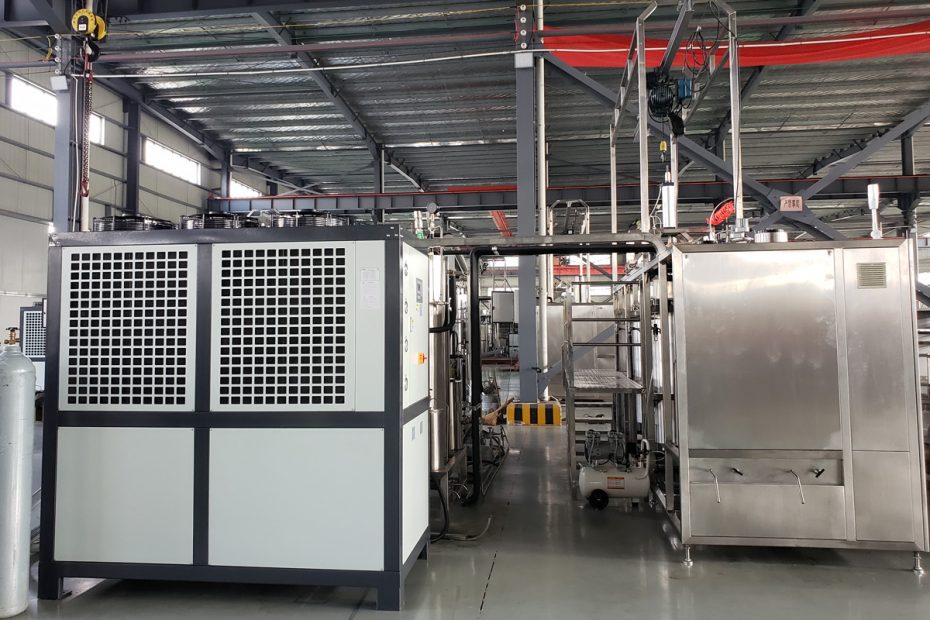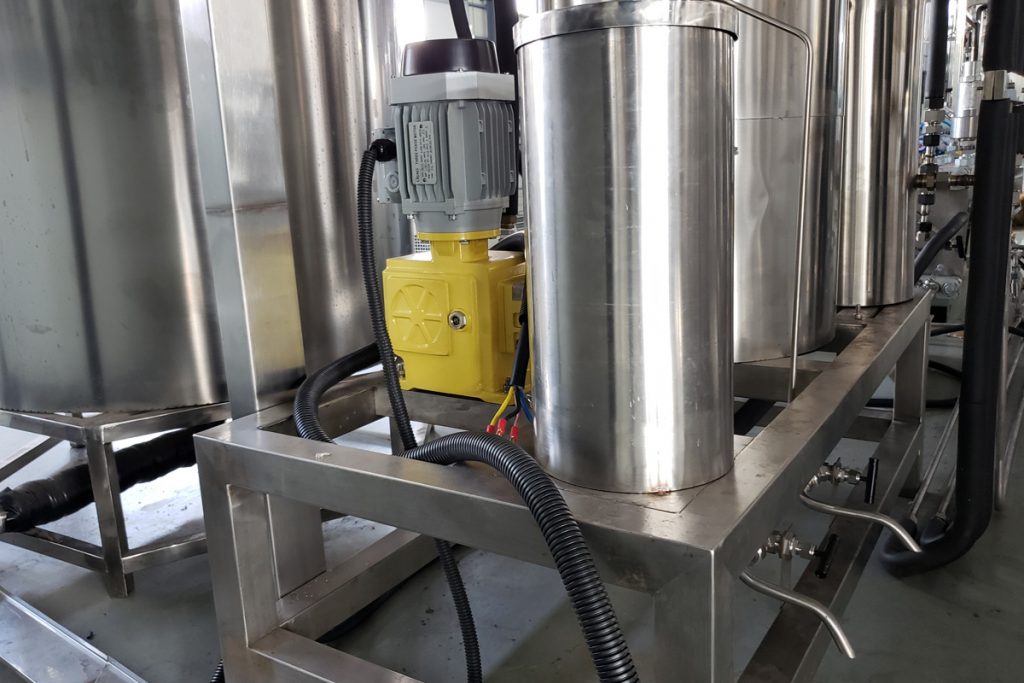Supercritical extraction is an extraction process carried out in a supercritical fluid state. Supercritical fluid is a high-density fluid above the critical temperature and critical pressure. It is a state between gas and liquid. In this state, the substance has high diffusivity and solubility, and can achieve efficient separation and purification.
Supercritical extraction technology often uses non-toxic, non-flammable supercritical fluids (such as supercritical CO2. CO2 is safe and non-toxic, and the extraction and separation can be completed in one go, without residue, safe to use, and suitable for the extraction of food and drugs).
The supercritical extraction process mainly consists of two parts: extraction and separation. In the extraction equipment, at a specific temperature and pressure, the raw material is contacted with the supercritical fluid. When the dynamic equilibrium of the material components between the gas and the liquid is achieved, the temperature and pressure are adjusted to separate the extraction product from the supercritical fluid, completing the entire process of supercritical extraction.
Supercritical fluid extraction kettle is a device used to separate components in a mixture. It is a key device in supercritical fluid extraction technology. The extraction kettle usually includes a container that can withstand high temperature and high pressure, and a stirring system to promote the mixing of reactants.
The structure of the extraction kettle usually consists of a kettle body, a stirrer, a heater, a cooler, a feed port, a discharge port and other parts. When supercritical extraction experiments are usually carried out, the extraction kettle can be used to separate the components contained in the feed liquid, and is often used to extract and purify compounds.
The main functions of the extraction kettle include
Accommodating the extracted substance: The extraction kettle is filled with the extracted substance, usually solid or liquid.
Pressurization and temperature regulation: The supercritical fluid is pumped into the extraction kettle through a booster pump, and the pressure and temperature of the fluid are adjusted through a heater and a cooler to achieve the required extraction conditions.
Dissolving the target component: Under specific pressure and temperature conditions, the supercritical fluid can dissolve the target component in the extraction kettle.
Separation process: The supercritical fluid that has dissolved the target component is then extracted and sent to the separator, where the target component is separated from the supercritical fluid.
Recycling: The separated target components are collected, and the supercritical fluid is recycled to reduce waste and improve efficiency.
Conclusion
Supercritical fluid extraction technology is an advanced separation technology that is widely used in food, chemical, pharmaceutical and other fields to extract and separate biologically active compounds, natural products, drug ingredients, etc.

